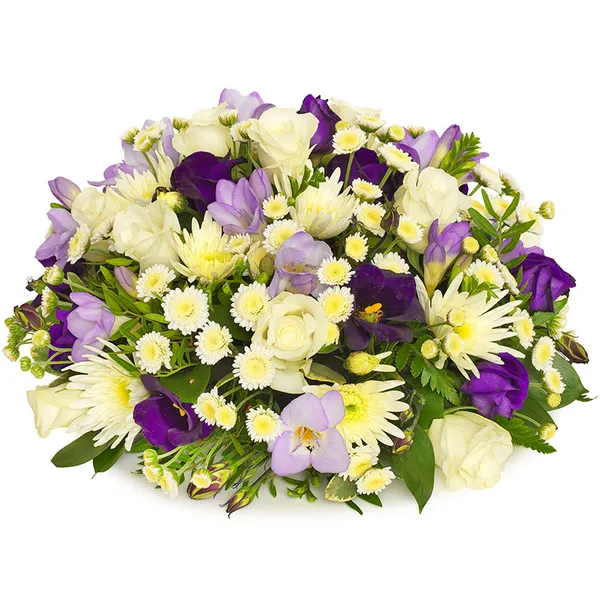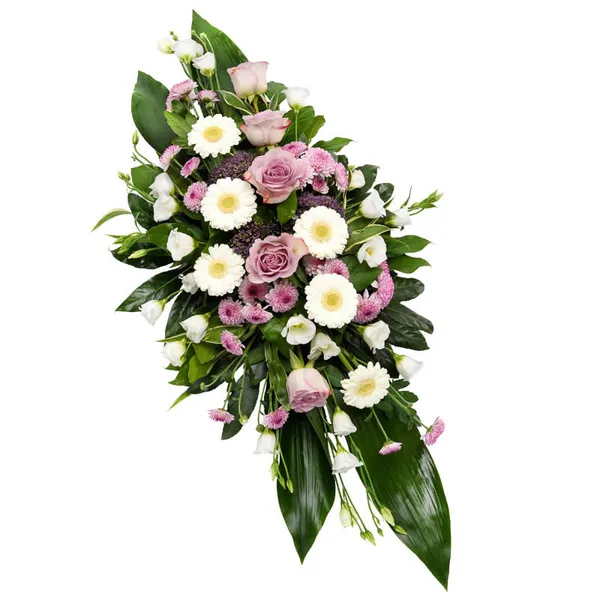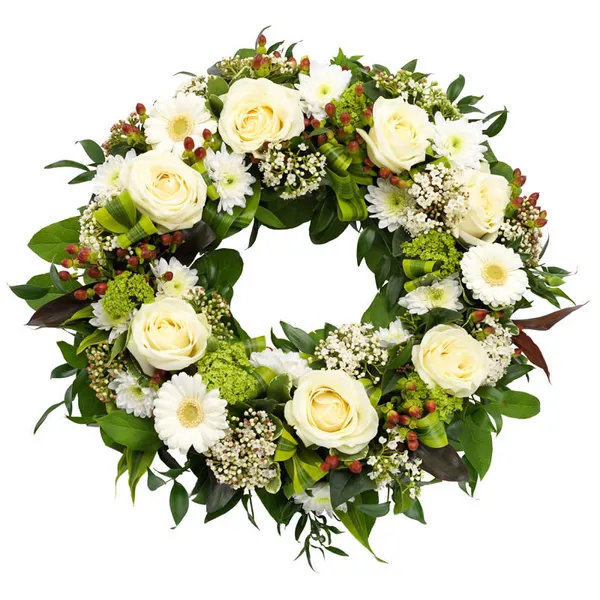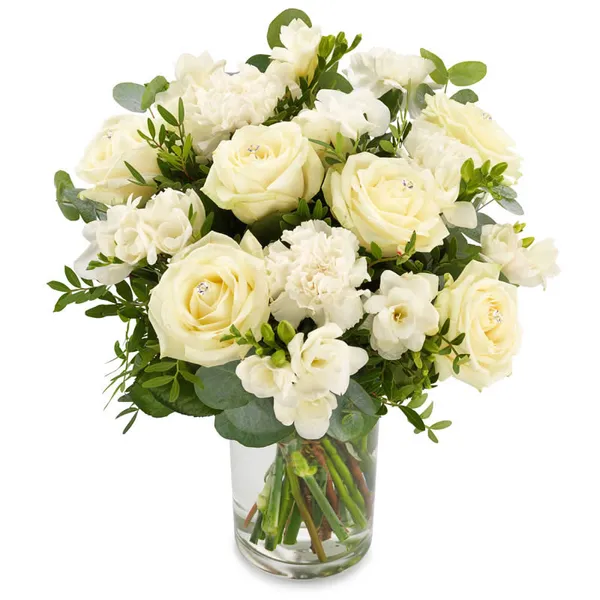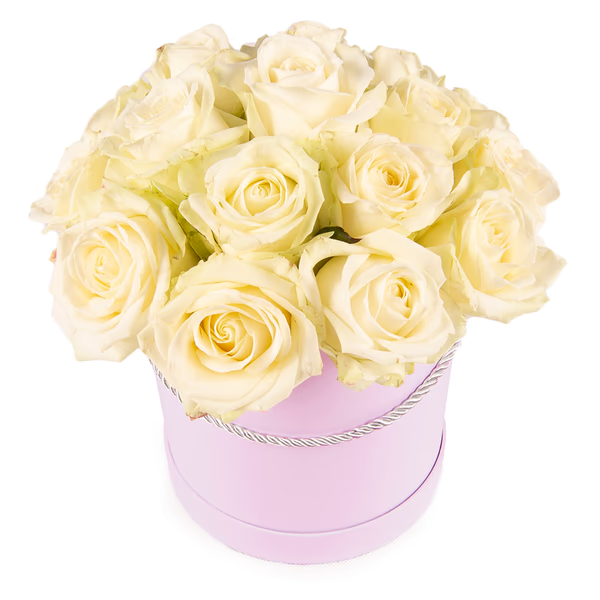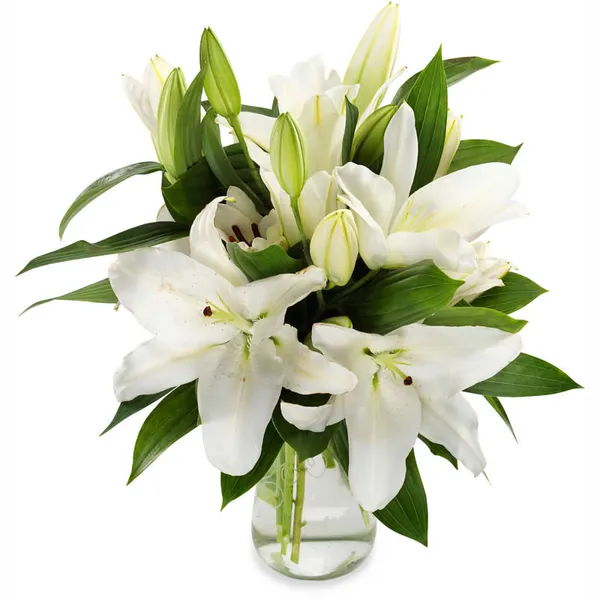What to Do When You Can't Attend a Funeral – Meaningful Ways to Show You Care
Distance makes grief harder. Sometimes an ocean separates you from the service, sometimes it's a hospital bed or an expiring passport. The funeral proceeds without you, leaving you to navigate your own sorrow alongside the guilt of absence.
Empty seats at funerals don't mean empty hearts. The bereaved remember who reached out from afar just as clearly as who stood beside them in the chapel.
Join us below to discover how distance doesn't diminish care.
Declining a funeral invitation can be difficult – often accompanied by fear of hurting someone’s feelings or worry that your absence might be misunderstood. However, saying nothing or avoiding contact is far worse – silence can be perceived as indifference or a lack of respect. That’s why being honest and informing the bereaved family as soon as possible is always the kinder and more respectful choice.
If you know you won’t be able to attend the funeral ceremony, let the family know right away – preferably in person or over the phone. A direct conversation allows you to convey emotion, compassion, and genuine empathy that a written message simply cannot express. A few heartfelt words are enough: you can express your sorrow for not being able to come, share a memory of the deceased, and assure them that you’re thinking of them.
Sending a text or email in such a sensitive situation is generally not recommended, as it may seem impersonal or distant. Even a brief phone call carries much more warmth and emotional presence, letting your tone of voice and sincerity come through.
Even if you cannot be physically present, sincere words and a personal gesture of support mean the most. In moments of grief, it’s not your physical presence but the presence of your heart that truly comforts those left behind.
Meaningful ways to show you care
Send funeral or condolence flowers
Sending funeral or condolence flowers is one of the most beautiful and heartfelt ways to pay tribute and express sympathy when you cannot attend the ceremony in person. Flowers have a unique power – they convey peace, respect, and compassion, offering comfort to those who grieve and honouring the memory of the departed.
It’s important to understand the difference between funeral flowers and condolence/sympathy flowers.
Funeral flowers are arrangements created specifically for the ceremony. These are typically wreaths, sprays, or large bouquets delivered directly to the funeral home, church, or cemetery. Their colours are usually soft and dignified – whites, creams, purple, and greens – reflecting solemnity and respect.
Condolence / sympathy bouquets, on the other hand, are more personal gestures of sympathy, sent directly to the family or friends of the deceased at their home or workplace. These bouquets are designed to bring comfort and express heartfelt support, often featuring delicate blooms such as roses, lilies, or eustomas in light, peaceful tones.
Other ways to show you care
Beyond funeral flowers & sympathy flowers, countless gestures can bridge the distance between you and grieving families. These actions often provide longer-lasting comfort than any arrangement, supporting bereaved loved ones for months ahead.
Send a handwritten letter or a condolence card
Ink on paper carries weight that pixels never match, especially when addressing grief. Share a story the family might not know - how their loved one influenced your career choice, or that joke they told that you still repeat.
Post your letter to arrive in the second week, when the house goes quiet and cards stop coming daily.
Make a charitable donation
Charities and causes the deceased supported benefit from memorial donations that extend their values beyond death.
Skip the obvious choices listed in obituaries if you knew them well enough to recognise quieter passions - perhaps the local literacy programme or community garden. A simple note telling the family you've donated honours their loved one without specifying amounts.
Arrange meal deliveries
Funeral weeks exhaust families with decisions and visitors, leaving them empty when daily life supposedly resumes.
Set up food deliveries for week three onwards, after the freezer meals run out. Include clear labels listing ingredients and reheating instructions - grief fog makes simple tasks confusing.
Create a memory book
Distance prevents funeral attendance but not story sharing. Gather memories from scattered friends, former neighbours, and old colleagues who knew different facets of the deceased.
Digital collaboration platforms help, but physical books become family treasures passed between generations.
Offer virtual support
Schedule video calls rather than waiting for requests that won't come. Weekly contact in the first month, then monthly check-ins show sustained support. Ask before virtually attending services - some families want witnesses, others need solitude.
Plant a memorial tree
Trees grow stronger yearly, unlike cut flowers that fade within days. Research native species for the family's area or contribute to memorial forests if they lack garden space. Families will find comfort visiting your living memorials on anniversaries and difficult days.
Commission a memorial piece
Local artists can create lasting tributes - paintings of favourite places, ceramic pieces incorporating cremation ashes, quilts from clothing.
Wait months before suggesting this, giving families time to understand what might bring comfort. Custom pieces provide tangible connections to intangible losses.
Establish an ongoing tradition
Death ends lives, not relationships. Annual volunteer shifts at their charity, birthday donations to their cause, or books given to libraries in their name prove remembrance continues. Tell the family your plans, demonstrating their loved one's influence extends beyond their lifetime.
Send sympathy flowersSend sympathy flowers
Express your condolences in the most beautiful way possible – by enclosing them in a bouquet of condolence flowers to be delivered to mourners in Poland or abroad.
Order nowRelated
How to offer condolences in Polish?
What to write on a funeral ribbon (in Polish)?
Which flowers to choose for a Polish funeral?
Which funeral wreath with be the most suitable?
How to write a farewell speech?
Send a funeral spray to Poland
Send a grave decoration to Poland
Send a condolence bouquet to Poland
